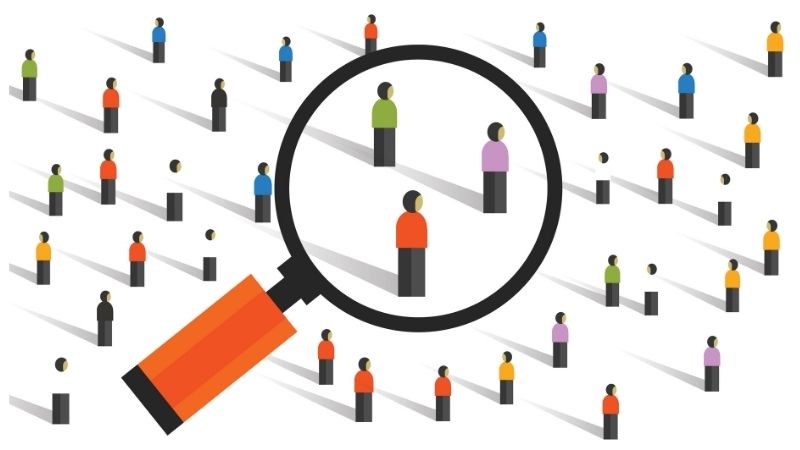Population development

A major population change is currently underway in Finland. The birth rate has been decreasing for the past ten years and has fallen at a low level even on a European scale.
At the same time, however, the life expectancy has been growing at an even pace. The economic structures have not fully adjusted to the aging of population, which is due to the decreasing size of young generations and the growing number of senior citizens. Migration is also going through a major change: international migration and its impacts on Finland are and will be significant. Internal migration in Finland is targeted at the largest cities.
Sorsa, Tiia (ed.) Sustainable Population Development in Finland: The 2020 Population Policy Report by Väestöliitto.
- The NetResilience consortium investigates demographic change from the perspective of social networks. Close social ties affect the wellbeing of individuals, families, and communities, and supporting these networks should become a social policy priority.
- Survey of Health, Ageing and Retirement in Europe (SHARE) is a research infrastructure covering 28 countries. The survey follows people aged 50+ by interviews asking participants of their social, economic and health related life situations every two years. The openly available data provides tools for adequate policy interventions regarding population ageing across Europe.
- Generations and Gender Surveys (GGS) is part of Generations and Gender Programme (GGP) which is an international research infrastructure for the study of populations and family relations.